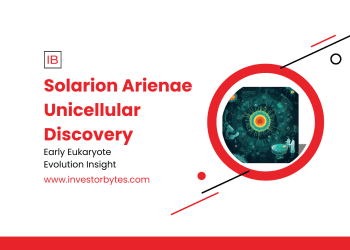The Great Atlantic Sargassum Belt’s 2025 proliferation—38 million tons by June, a record—hinges on phosphorus (P) from equatorial upwelling fueling nitrogen (N)-fixing cyanobacteria symbionts on Sargassum fronds, per a November 5 Nature Geoscience study debunking runoff myths via 120-year Caribbean coral cores. Max Planck Institute’s Jonathan Jung-led team correlated P spikes—15-20% intensified by Atlantic Multidecadal Oscillation (AMO) cool phases—from 500m depths with bloom surges since 2011, enabling UCYN-A bacteria’s 2x N-fixation in N-poor tropics, achieving 50% N:P ratios and 11-day biomass doublings. δ15N isotopes chronicle: pre-2011 baselines balanced oceanic inputs, but post-2009 AMO tipping amplified upwelling, elevating P while N from fixation outpaces Amazon/Orinoco discharges uncorrelated to biomass.
Sargassum natans/fluitans thrive in neritic waters via this symbiosis: P abundance accelerates N2 capture, granting competitive edge over rivals, per FAU’s 40-year review, with Saharan dust’s iron aiding but not driving—correlations absent. Impacts cascade: mats smother reefs, slashing oxygen 30% and fish stocks 15% in Florida Keys (NOAA), while methane decomposition rivals aviation emissions; 2025’s 31 million tons (40% record) infiltrates marinas, costing $120 million Riviera Maya cleanups and repelling 20% tourists (CNN May). Warming (1.5°C Atlantic rise) prolongs longevity, with Congo deforestation tying to P spikes (UMBC models).
Mitigation lags: Barbados’ $10 million harvesting pilots yield biofuels, but scale demands COP30 pacts; lab experiments confirm combined N/P additions boost growth 2x (Leemans et al. 2025). For coastal stewards, upwelling forecasts via NASA satellites are key, with systematic wind/sea temperature monitoring improving predictions.
As 2026 blooms loom, Sargassum’s dual reliance—P’s upwelled bounty and N’s fixed feast—redefines algal apocalypse: nutrients nitro for ocean’s overrun, urging curbs in the blue’s besieged basin before belts choke ecosystems’ breath.








